Cloudy with a Chance of Chemtrails: Unmasking the Conspiracy
Are respiratory illnesses simply chemtrails gone rogue?
Throughout history, various cultures have practiced magical and religious rituals in attempts to control the weather. In ancient India, Vedic rituals such as yajna were performed to invoke rainfall in dry regions. Indigenous Americans and some Europeans also had rain-inducing rituals.
The Finnish were reputed to possess weather-controlling abilities, leading Vikings to avoid taking them on raids. Cannon fire during battles was observed to sometimes trigger precipitation in the early modern era. Myths and legends from Greek, Roman, and Norse traditions depict attempts to influence weather through sacrifices, gifts of wind, and magical artifacts. In the Hebrew Bible and the New Testament, figures like Elijah and Jesus are depicted as having control over rain and storms. Similarly, in Islam, Salat Al-Istisqa’ (Prayer for Rain) is practiced during droughts to seek divine intervention for rainfall.
In Northern Europe, there used to be a widespread belief that firing cannons could prevent hailstorms, leading many agricultural communities to shoot cannons without ammunition. Veterans from conflicts such as the Seven Years' War, Napoleonic wars, and the American Civil War shared accounts suggesting that rain often followed large battles.
These anecdotes were compiled in the book "War and the Weather".
In 1891, a group of scientists led by Robert G. Dyrenforth conducted the first government-funded rain-making experiments near Midland, Texas, using dynamite, kites, and balloons. Inspired by the concussion theory of weather modification, which proposed that loud noises could induce rainfall, they set off explosives despite skepticism from the scientific community. Initial experiments yielded minimal rainfall, but Dyrenforth claimed success nonetheless. Subsequent tests in El Paso and other cities produced inconclusive results, with meteorological predictions suggesting rainfall regardless of the experiments. Similar efforts by breakfast cereal magnate Charles W. Post in the early 1900s also ended without conclusive evidence.

The U.S. government has been conducting weather modification experiments for over 50 years, once classified under names like “Project Cirrus” (1947) and “Project Popeye” (1966).

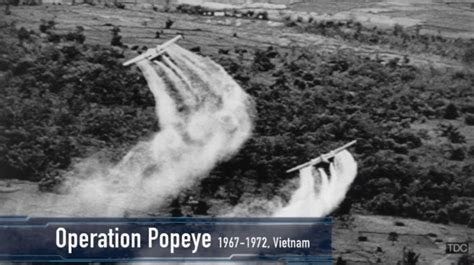
Florence "Flossie" van Straten (1913–1992) made significant contributions to naval meteorology, particularly during and after World War II. As one of the earliest volunteers in the WAVES program, she trained as a weather forecaster at MIT and later served in the Aerology section of the Bureau of Aeronautics. Van Straten's analyses of weather impacts on naval operations provided invaluable insights, informing strategic decisions during conflicts like the battle of the Coral Sea. She pioneered methods for utilizing weather phenomena in military planning and developed innovative technologies, including cloud modification techniques and radar facsimile systems.

Van Straten's work extended to the development of weather instruments like the rocketsonde and the constant-altitude weather balloon, pioneering a method to alter clouds and induce rainfall by introducing carbon black, a material produced by the incomplete combustion of coal tar, vegetable matter, or petroleum products, including fuel oil, fluid catalytic cracking tar, and ethylene cracking in a limited supply of air, into the atmosphere, and contributing to other advancements in atmospheric research and military technology. Serving as a “weather problem-solver” for the Navy, she addressed a spectrum of issues, spanning from fog to radioactive fallout and innovating a radar facsimile system and secured a patent for a sonic device designed to prevent ice accumulation on aircraft.
Carbon black, also known as soot, is supposedly not commonly used in cloud seeding due to its adverse environmental and health effects (but there is little if any regulation on what is utilized in cloud seeding endeavors). While it has been considered as a potential cloud seeding agent in the past, its use has supposedly declined significantly due to concerns about its impacts on air quality, climate change, and human health. Instead, silver iodide remains one of the most widely used substances for cloud seeding, as it has been found to be more effective and less harmful compared to carbon black. Additionally, other materials such as salt particles or liquid propane are also used in cloud seeding operations as alternatives to carbon black. Overall, the use of carbon black in cloud seeding is limited and not widely practiced (but is still utilized) in modern weather modification efforts.
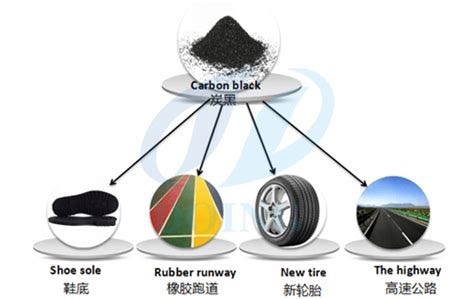
While weather modification is no longer secretive, it remains a controversial practice.
The United Nations' involvement in weather modification and geoengineering policies has been marked by dubious agendas and clandestine maneuvers. Under the guise of addressing climate change, the UN has covertly supported and even facilitated geoengineering projects that serve the interests of powerful member states and corporations. These actions often bypass democratic processes and disregard the concerns of vulnerable populations, further exacerbating environmental injustices. The lack of transparency and accountability within UN agencies such as the World Meteorological Organization (WMO) and the Intergovernmental Panel on Climate Change (IPCC) fuels suspicions of collusion and manipulation by vested interests. Rather than promoting sustainable solutions, the UN's policies on weather modification and geoengineering perpetuate a cycle of exploitation and environmental degradation, prioritizing profit over the well-being of the planet and its inhabitants.
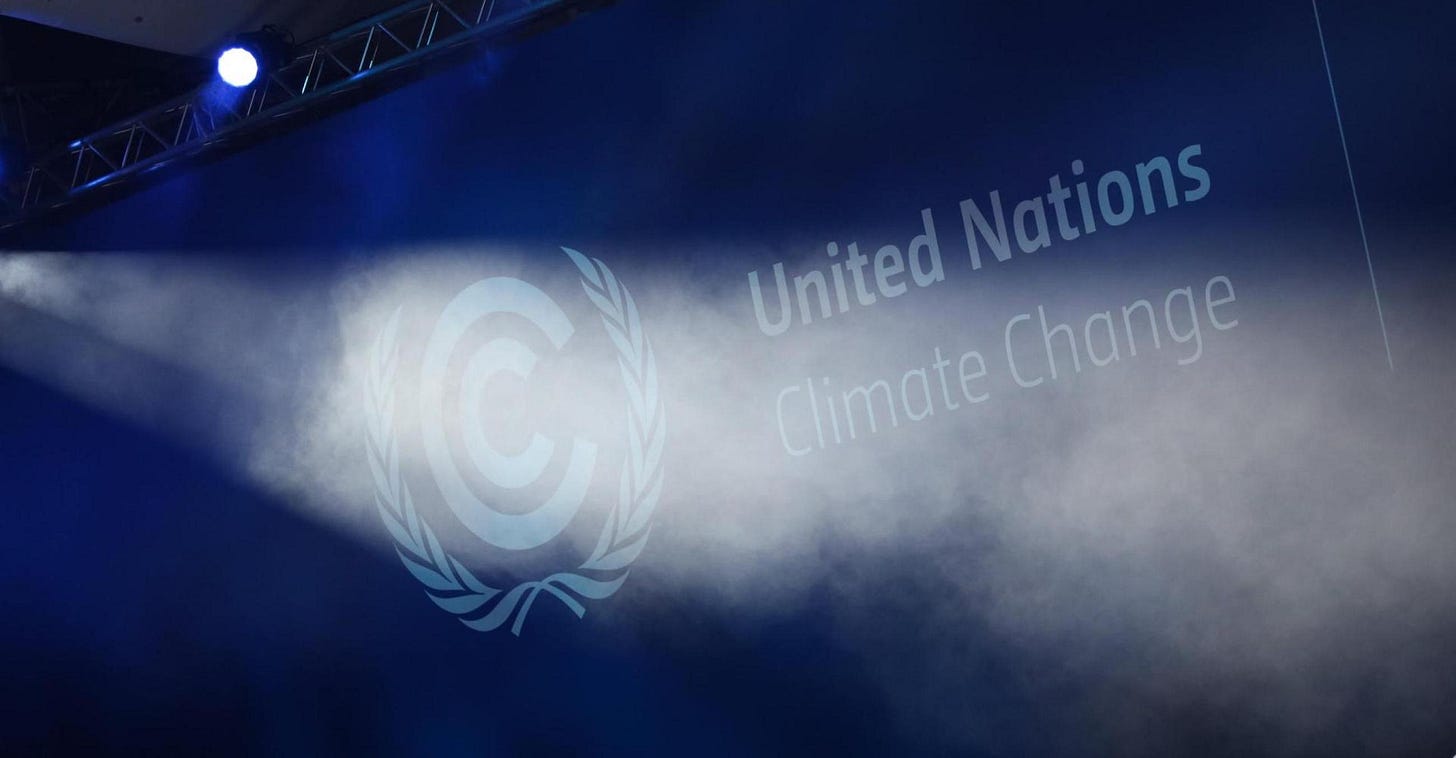
In 2005, a bill proposed by Texas Sen. Kay Bailey Hutchinson aimed to establish a Weather Modification Operations and Research Board but did not pass into law.
Despite this, suspicions persist that various government entities continue to conduct both legal and illegal weather experiments without public knowledge. Cloud seeding using silver iodide, discovered as a method to induce rainfall in 1946, was tested by the U.S. military in 1947 to influence a hurricane, which later struck the Georgia coast. Similar techniques were employed in the mid-1960s to disrupt enemy movements along the Ho Chi Minh Trail in Vietnam, demonstrating the dual aims of weather modification: to impede foes and aid allies.
Weather modification programs are supposed to be supervised and regulated by government agencies responsible for environmental protection and atmospheric research.
These agencies, including the Environmental Protection Agency (EPA), National Oceanic and Atmospheric Administration (NOAA), and state water resources boards, supposedly oversee activities such as cloud seeding to enhance precipitation or reduce hail damage. Additionally, the Federal Aviation Administration (FAA) may be involved in regulating aviation aspects of weather modification operations. International organizations like the World Meteorological Organization (WMO) may also play a role in overseeing cross-border weather modification activities. These entities assess proposals, issue permits, and monitor programs to ensure compliance with regulations and environmental standards. Can these organizations really be trusted with overseeing our health and well being when it comes to this issues?

"Weather as a Force Multiplier: Owning the Weather in 2025" presents a futuristic perspective where weather modification technologies are pivotal for military strategy and global dominance. It explores leveraging advanced scientific methods to manipulate weather patterns, inducing droughts, floods, or storms strategically to disrupt enemy operations or enhance friendly ones. The document underscores the importance of research and development in weather control for maintaining military superiority and gaining a strategic edge in future conflicts. Moreover, it discusses the potential geopolitical implications, suggesting that nations with advanced weather control capabilities could wield significant influence, reshaping international relations and warfare tactics. However, it also raises ethical, legal, and environmental concerns, emphasizing the need for careful regulation and consideration of the impacts of weather modification technologies.
2025 is a study designed to comply with a directive from the chief of staff of the Air Force to examine the concepts, capabilities, and technologies the United States will require to remain the dominant air and space force in the future. Presented on 17 June 1996, this report was produced in the Department of Defense school environment of academic freedom and in the interest of advancing concepts related to national defense. The views expressed in this report are those of the authors and do not reflect the official policy or position of the United States Air Force, Department of Defense, or the United States government. This report contains fictional representations of future situations/scenarios. Any similarities to real people or events, other than those specifically cited, are unintentional and are for purposes of illustration only.
Current technologies that will mature over the next 30 years will offer anyone who has the necessary resources the ability to modify weather patterns and their corresponding effects, at least on the local scale. Current demographic, economic, and environmental trends will create global stresses that provide the impetus necessary for many countries or groups to turn this weather-modification ability into a capability. In the United States, weather-modification will likely become a part of national security policy with both domestic and international applications. Our government will pursue such a policy, depending on its interests, at various levels. These levels could include unilateral actions, participation in a security framework such as NATO, membership in an international organization such as the UN, or participation in a coalition. Assuming that in 2025 our national security strategy includes weather-modification, its use in our national military strategy will naturally follow. Besides the significant benefits an operational capability would provide, another motivation to pursue weather-modification is to deter and counter potential adversaries. viii In this paper we show that appropriate application of weather-modification can provide battlespace dominance to a degree never before imagined. In the future, such operations will enhance air and space superiority and provide new options for battlespace shaping and battlespace awareness. “The technology is there, waiting for us to pull it all together;” in 2025 we can “Own the Weather.”
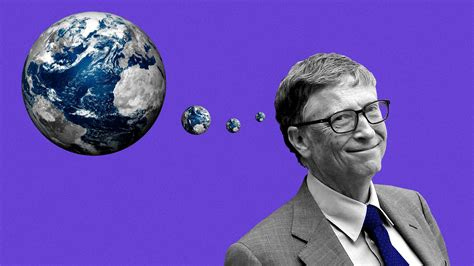
Weather modification encompasses various techniques aimed at altering atmospheric conditions to achieve specific outcomes. Cloud seeding, one of the most common methods, involves dispersing substances like silver iodide or dry ice into clouds to encourage precipitation. Another approach is hail suppression, which uses similar seeding techniques to reduce the formation of large hailstones in thunderstorms, thereby minimizing damage to crops and property.
Other forms of weather modification include fog dispersal or military chaff, a radar countermeasure involving the dispersal of thin strips of aluminium, metallized glass fiber, or plastic), aimed at improving visibility for aviation and maritime operations.
Hurricane modification, which explores methods to weaken or redirect tropical cyclones to reduce their destructive impact. Project Stormfury, spanning from 1962 to 1983, was a research initiative led by the U.S. Navy and later joined by the National Oceanic and Atmospheric Administration (NOAA), aimed at exploring the feasibility of using cloud seeding techniques to weaken hurricanes.
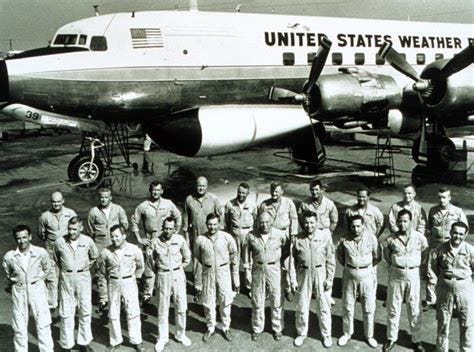
The project involved dispersing silver iodide into the eyewall of hurricanes in an attempt to alter their structure and diminish their destructive potential. While early experiments showed some promise, including temporary reductions in wind speeds, subsequent research failed to conclusively demonstrate the effectiveness of cloud seeding in modifying hurricanes.
Project Stormfury faced criticism and controversy over its environmental impacts and ethical concerns. The release of silver iodide into hurricanes raised questions about potential ecological harm and unintended consequences on weather patterns. Ultimately, Project Stormfury concluded without achieving its primary objectives, highlighting the limitations and risks associated with attempts to modify natural weather phenomena. Despite its shortcomings, the project provided valuable insights into hurricane dynamics and underscored the challenges of weather modification research. But these projects have stopped right?
Cloud seeding isn't limited to aircraft-based operations alone either.
Is silver iodide and the other particles employed in cloud seeding practices truly harmless to humans, animals, and the environment? Despite claims made about safety and efficacy, there's a lack of long-term data on their safety or environmental impact. Dubai has observed adverse effects of silver iodide on aquatic life, prompting exploration of alternative methods to induce rainfall. The fundamental question remains: are these cloud seeding particles genuinely benign to humans, animals, and the ecosystem?
Interestingly, in 2020, Idaho, Utah, Colorado, Wyoming, and California all ramped up their cloud seeding activities in response to the perceived aggravation of drought conditions. However, despite its potential benefits, cloud seeding carries considerable risks, with a significant possibility that it may be causing more harm than good. There's a notable concern that cloud seeding could potentially lead to adverse respiratory and other health effects.
Silver iodide, the seeding agent most commonly used in cloud seeding, may pose health risks primarily through respiratory and skin irritation. Inhalation of silver iodide particles at high concentrations can lead to coughing, wheezing, and shortness of breath. Direct contact with these particles or solutions may cause skin and eye irritation, manifesting as redness, itching, or discomfort. Additionally, some individuals may experience allergic reactions to silver iodide, ranging from mild irritation to more severe responses. It is even thought to cause cancer. While short-term exposure to low levels is thought to be safe (in an industry that is largely unregulated and safety has not been adequately tested), concerns arise regarding potential long-term health effects from prolonged exposure to elevated concentrations, although comprehensive studies on this topic are limited. There's also a rare condition called argyria, where long-term exposure to silver compounds can lead to a blue-gray discoloration of the skin.

In the article, Cloud Seeding May Be Affecting Your Health, chemical biologist Sam Reeves with the University of Bolivia asserts:
Silver iodide is basically a dangerous drug. In addition to being a bleach and an explosive, it is extremely addictive…In concentrated doses, silver iodide offers a short, but very intense high. When dispersed into the air, however, the effects are minimal and gradual. By drug seeding the atmosphere, the government is effectively building up the tolerance of every United States citizen to silver iodide. Reeves fears that there may be a nefarious reason for the government to be drug seeding.
However, he stresses that while silver iodide is addictive and toxic and explosive and dangerous, there are many good reasons why the government could be drug seeding. “Silver iodide increases dopamine production, which is a good thing. Feelings of euphoria and confidence are something everyone can use. The alertness and increased energy are the icing on the cake.” These are just a few of the positive side effects of silver iodide. There are other adverse health effects as well. “Exposure to silver can lead to argyrosis, methemoglobinemia, anxiety, seizures, and cardiac arrest.” Scientists also say people who inhale a lot of silver iodide risk permanent lung damage, aka Silver Lung. Because it’s delivered in such small doses right now, the negative effects of silver iodide are minimal. According to Reeves, however, spraying is on the rise. The government has increased the amount of silver iodide it is releasing into the atmosphere by nearly 800% over the last decade.
Reeves warns that while silver can be expensive, the government is not trying to give you a gift. They are exposing you to a toxin, building up your tolerance, and feeding your addiction against your will and maybe your knowledge. “Once everyone is addicted, they’ll stop spraying it, and up the price of silver so it becomes more costly to the consumer. They are literally creating a dependency on silver, and when they take it away, there will be an epidemic of mass proportions,” Reeves claimed.

The recurring theme among organizations responsible for safeguarding our health and well-being seems to be the promotion of the "safe and effective" narrative, even in the absence of substantial long-term safety data to validate it.

Is cloud seeding really a good thing though, really?
The negative impact of cloudseeding on the environment is quite evident. Aside from the environmental impact this is creating, I also can't seem to shake the thought: were large-scale cloud seeding operations employed during the early stages of the COVID-19 pandemic in the fall/winter of 2019 and winter of 2020 to induce the respiratory symptoms observed? What exactly was dispersed globally during that time? Where are the documented instances of cloud seeding during this period? Cloud seeding typically coincides with rainy and snowy seasons, which align with flu season and the increase in other respiratory illnesses. Could the deployment of substances like silver iodide and other nanoparticles into the atmosphere, with minimal regulation, truly be responsible for respiratory and other illnesses seen during autumn and winter over the past several decades since cloud seeding was initiated? Personally, I strongly affirm this possibility, but that theory has never been studied and it does not sell vaccines or other pharmaceuticals, so we may just have to go with the safe an effective narrative yet again. Trust the government.









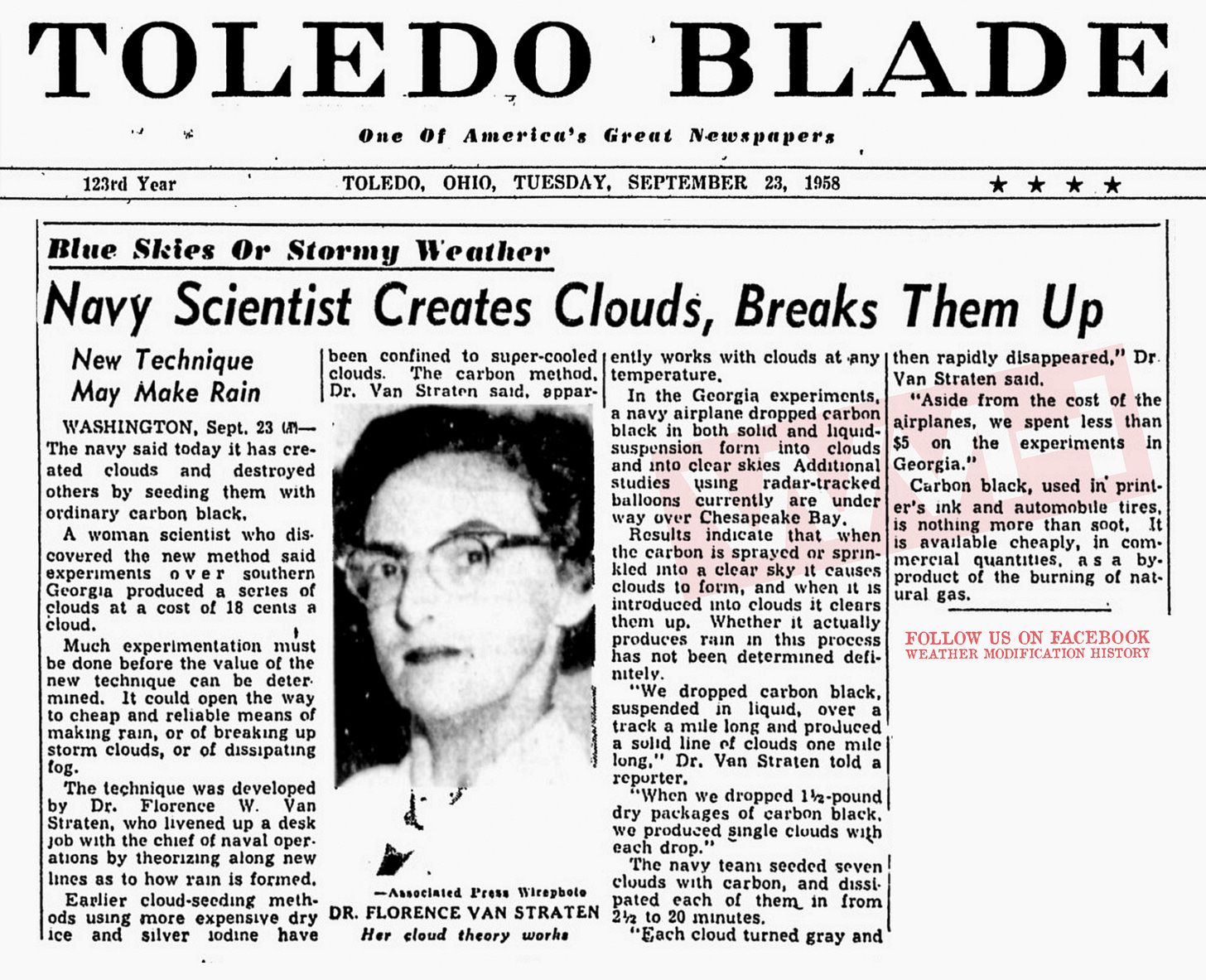
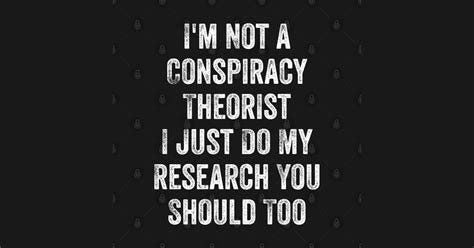


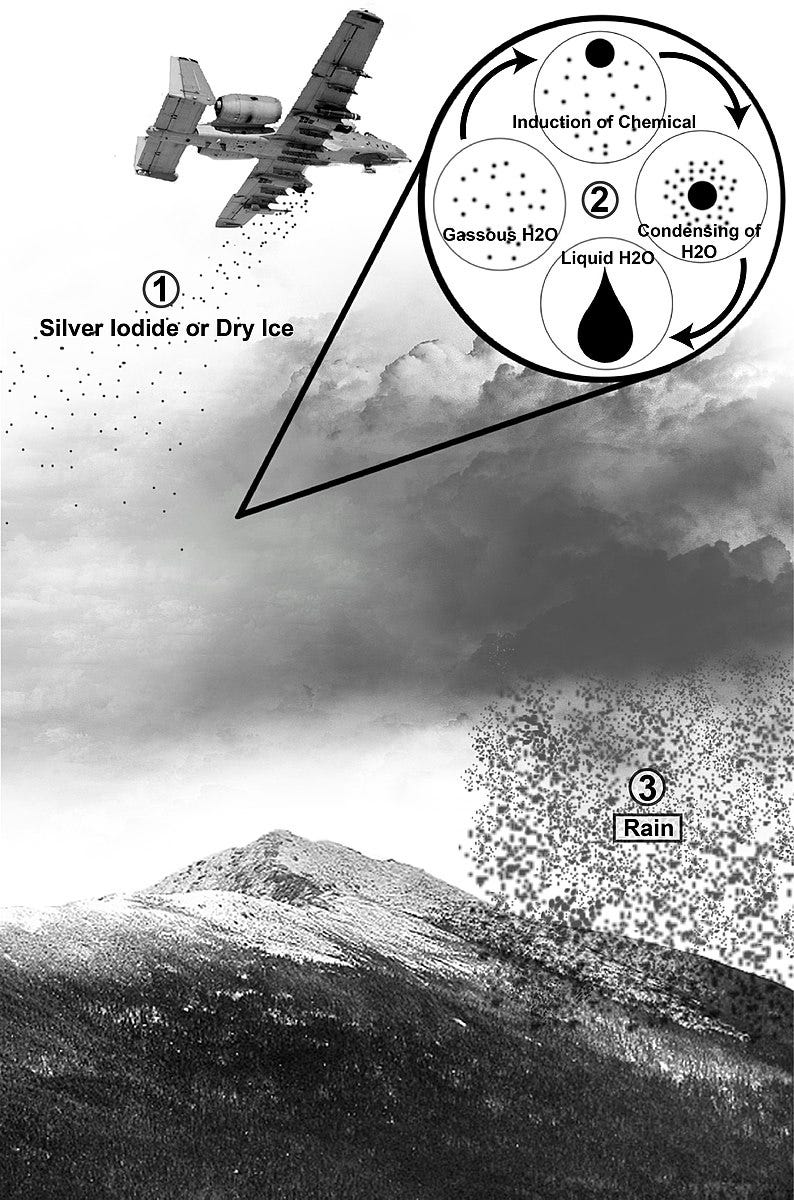
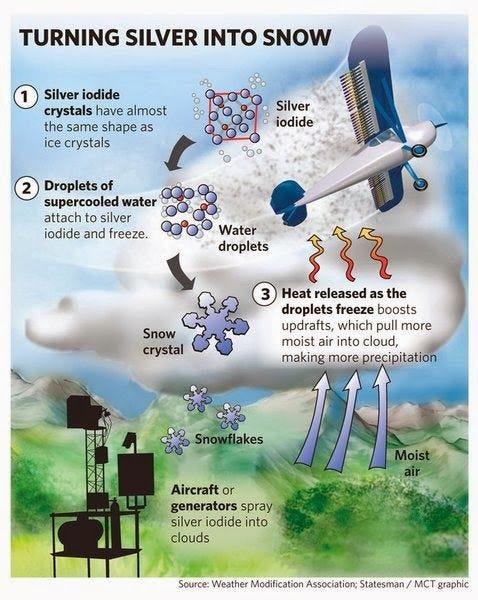




Great article and I have wondered the same thing.
A big group in our 'Resistance' community were very sick with strange 'Covid-like' symptoms in December 2021. Were we all unvaxed and attending underground meetings to plan resistance strategies to the Vax rollout to children. At the same time, there was a big snowfall and there were strange patterns in the snow. Some people thought they caught something from being in a group setting during lockdowns (propaganda programing). I thought we were either sprayed with something toxic or there was some kind of radiation or EMF attack, or a combination of both. We were so sick at the time we didn't have the energy to examine the snow, or take photos or discuss with friends or neighbours. I have heard others tell the same story in other parts of Canada and other countries.